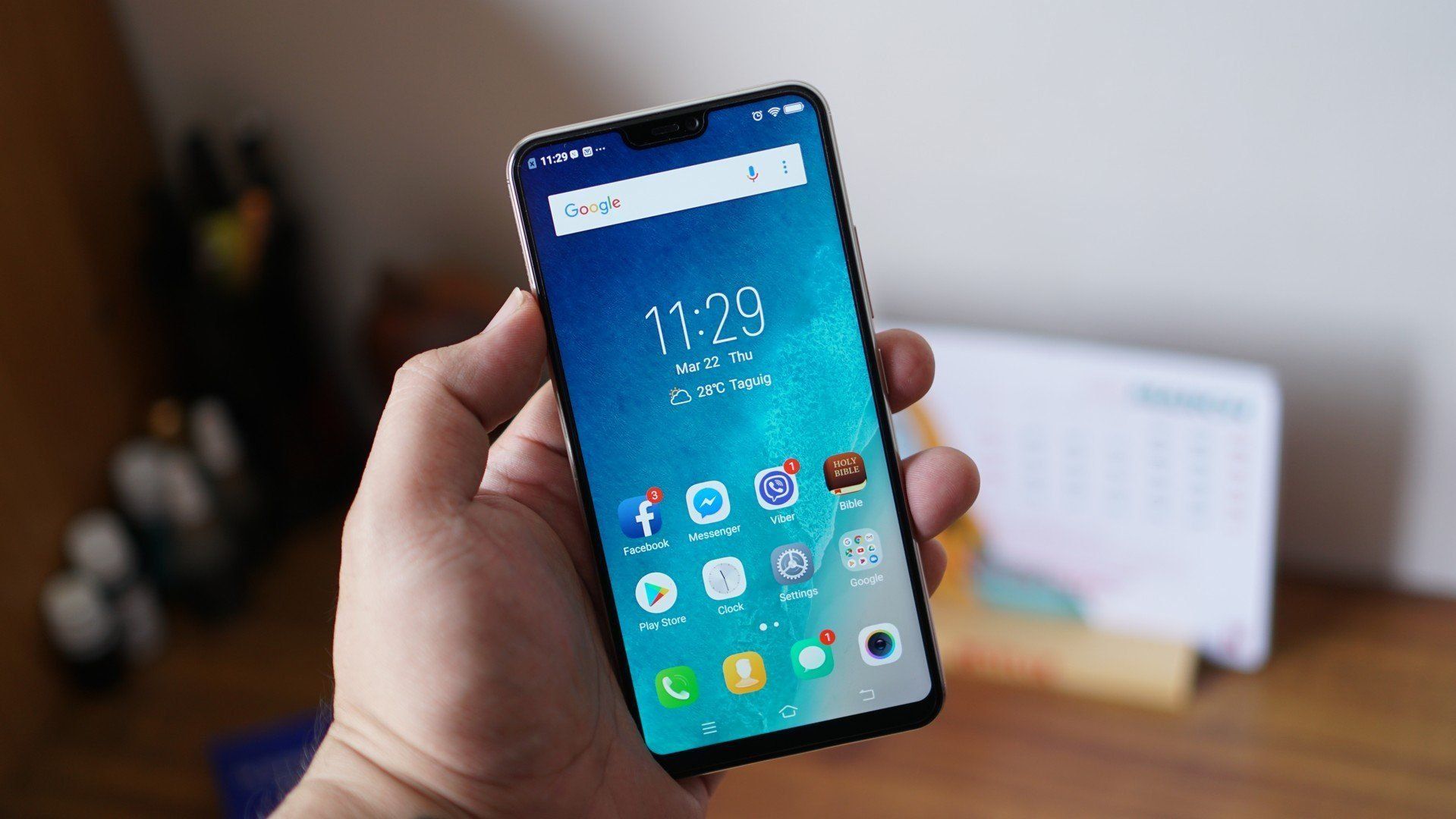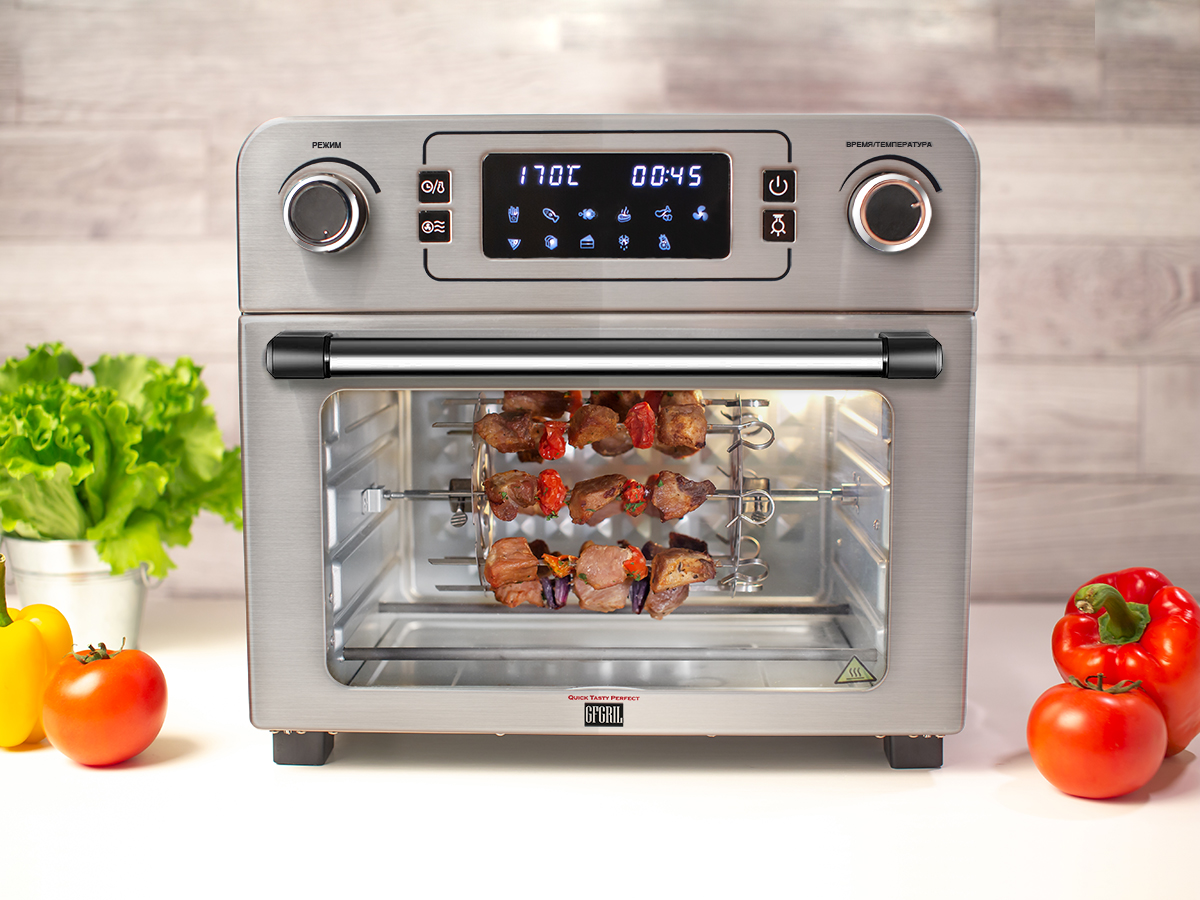Xiaomi Redmi 9 smartphone review with advantages and disadvantages
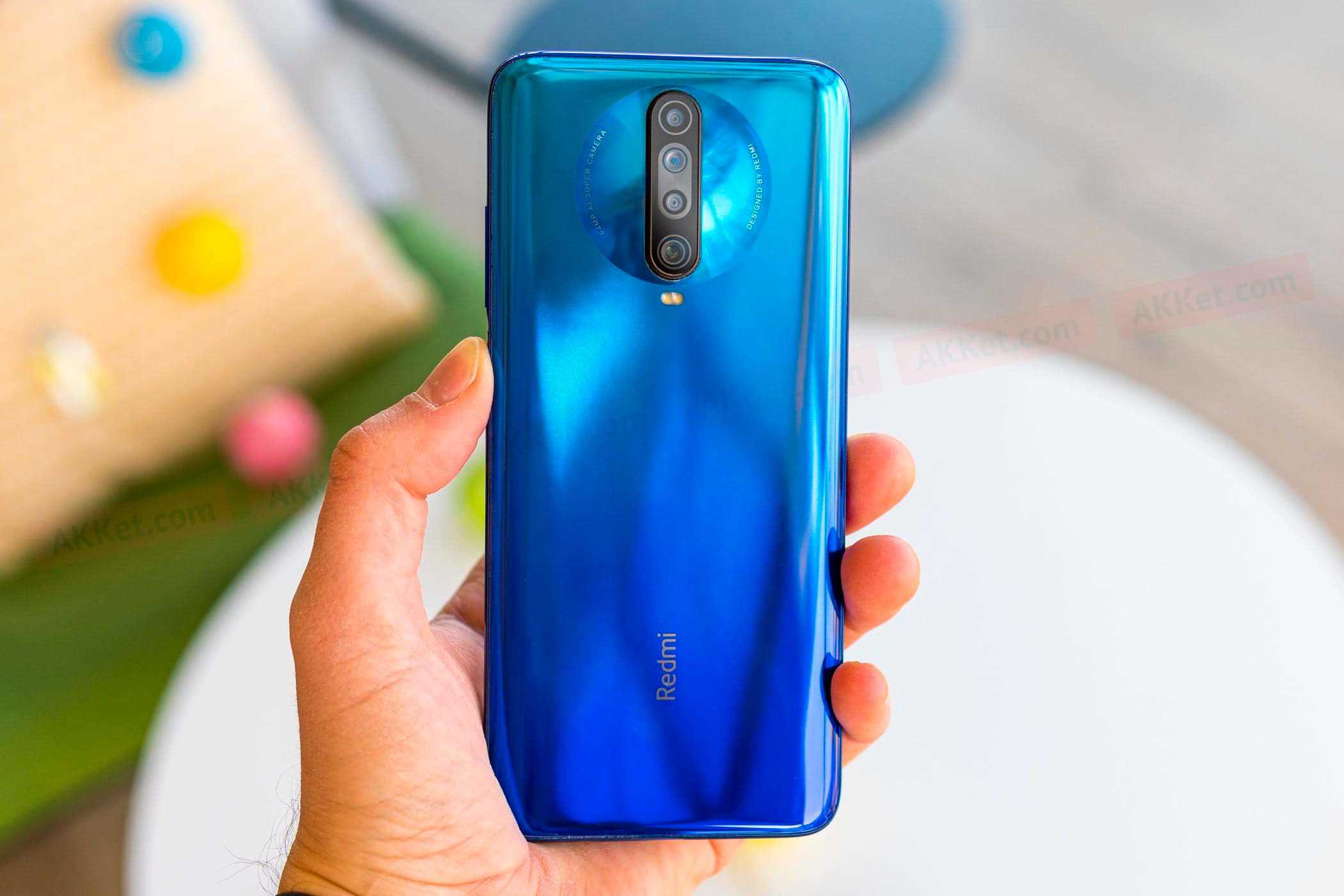
The notorious Xiaomi brand presents gadgets so quickly and in such quantities that only loyal fans are still not lost in this “museum” of smartphones. When did the Mi 8a model come out, and what is the decoding of the 9T model? Perhaps these questions will remain a mystery to mankind.
At the same time, for people who are far from the eternal race for the best chips and pixels, getting lost in a variety of colors, sizes and shapes of cameras is easy! Therefore, so that the promising new Xiaomi Redmi 9 does not get lost among hundreds of gray names, let's evaluate its capabilities without delay.
From this article you will learn:
New for gamers or bloggers?
Why is it a strong contender for the best design of 2020?
What should be a phone for 12 thousand rubles?
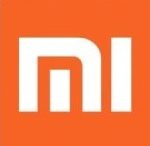
Content [Hide]
Appearance and features
Despite the fact that now major brands support one single motto: “The larger the phone, the more cameras you can put on it!” the design of the future novelty Xiaomi Redmi 9 literally attracts the eye.
At the moment there is no exact information about the materials used. However, experts, referring to a few photos and an estimated price (120 euros), are sure that the body and side faces will be made in matte plastic. The screen, in turn, will be covered with tempered glass. Although the back panel in the photo looks very similar to aluminum, you should not fall for the virtuoso tricks of the Chinese!
In any case, it would be a crime not to praise an interesting design. The entire back panel is covered with a vertical gradient. A row of 4 cameras and a fingerprint is located in a narrow, black block at the top of the case. The front camera is presented in the form of two sensors framed in a "capsule". The idea didn’t hit the fans a year ago, but Xiaomi doesn’t seem to care about the negative comments.
So, for example, a bold game with geometry only benefited the novelty, reminding that there is still diversity in the field of smartphones.
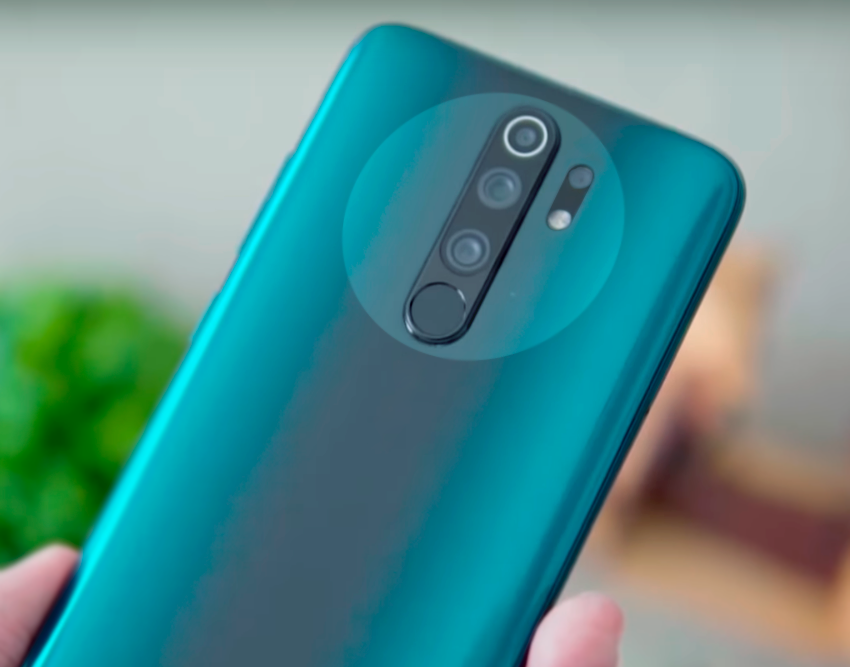
We just have to wait for other brands to pick up the “chip” of the design with a sphere.
The dimensions of Redmi 9 promise to be far from childish. This can be judged by the impressive diagonal of the screen - 6.6 inches. Unfortunately, often such overall models are subject to rapid wear and tear. The plastic and paint on the sides will quickly peel off, as will the camera protruding forward, however. Yet the budget segment and covers are inseparable things!
The only joy is Corning Gorilla Glass 5. The screen protection is excellent, but the quality is not for everyone.
The reaction of the fingerprint is quite fast, yet Xiaomi has already got the hang of working with this technology.
Interesting addition! Smartphone Redmi 9 endures a slight ingress of water (splash resistant).
Complete set and colors
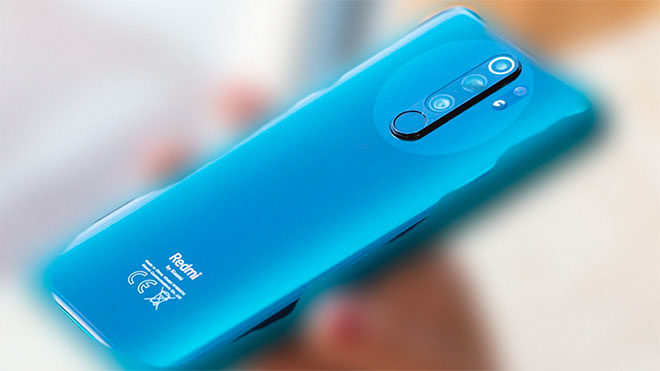
So far, users do not give up hope that the brand will add a transparent silicone case to the basic kit. However, the generosity of brands does not extend to every model.
- Clip for the SIM card slot;
- USB cable (Type C 2.0);
- Charger (18 Volts);
- Add. documents and ticket.
So far, only three colors of Xiaomi Redmi 9 have been declassified: blue (with a dark blue gradient), black and purple. But this does not mean that their number will not increase by the release.
Characteristics
Screen
The novelty is devoid of unsightly "chins" and "bangs". The screen resolution, however, is not the maximum, only 720 x 1600 pixels. The quality of the image actually upset users, but there is no need to argue with the fact that “budget is savings in everything”.
The video is produced in 1080p quality at 30 fps.
The pixel density is 266 ppi. The number is small, and this will affect the clarity of images and color reproduction equally. It is not surprising that for the novelty the brand preferred an inexpensive IPS matrix. However, this investment is rather profitable, since the LCD screen is distinguished by excellent brightness (even in sunny weather), color contrast and durability. Among the shortcomings can be identified high energy consumption, slow response to touch and fragility.
Operating system and MIUI 12
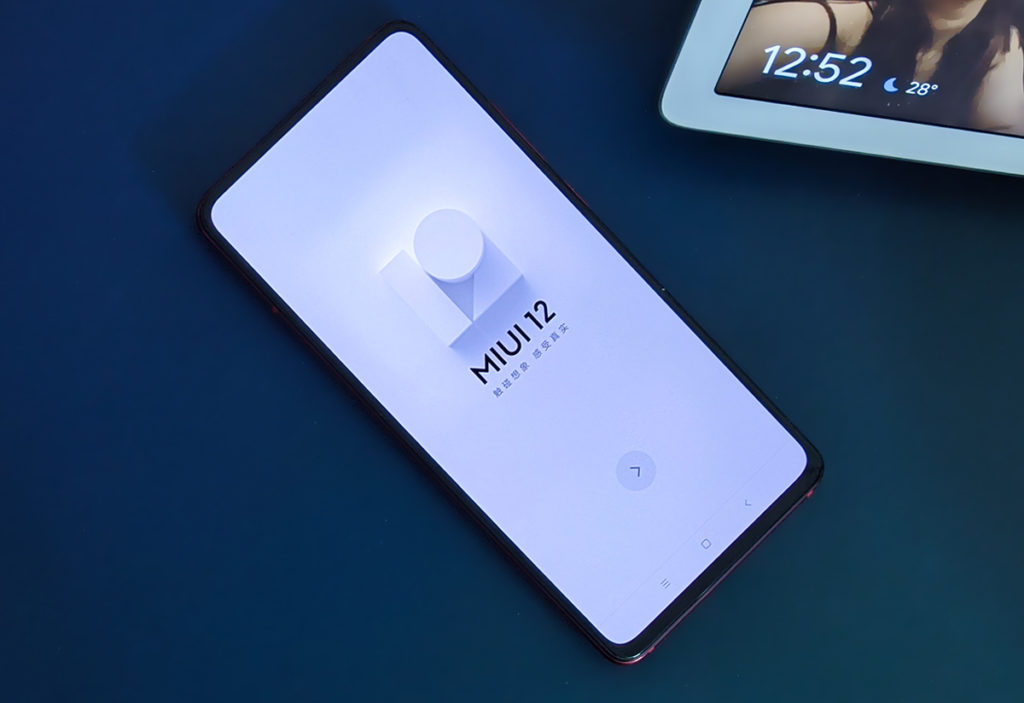
The smartphone works with the latest version of Android 10 OS. It is worth noting that the developers debugged the failing processes, and unscrewed the possibilities to the maximum. Thanks to the advanced prediction system, you won’t have to worry about instant messengers and push-up notifications – the system itself will offer a number of “short answers”. As well as worrying that the alarm is not loud enough with the new equalizer.There are also completely new features:
- Blocking annoying applications;
- Family control, if it is a child's smartphone (as well as constant location tracking);
- USB Port Dirty Notice;
- Android for the car (simple setting for the car);
- Cloud for storing confidential information.
Xiaomi fans have also been waiting for the MIUI 12 update for a long time. Thus, the Redmi 9 smartphone will be one of the first to work on its basis. Experts described the changes as "global". The interface has improved, the ability to animate widgets and icons (at the IOS level), access to super wallpapers (as they are called) in high resolution. The developers promised to minimize system crashes and eliminate task manager overload.
Performance and memory
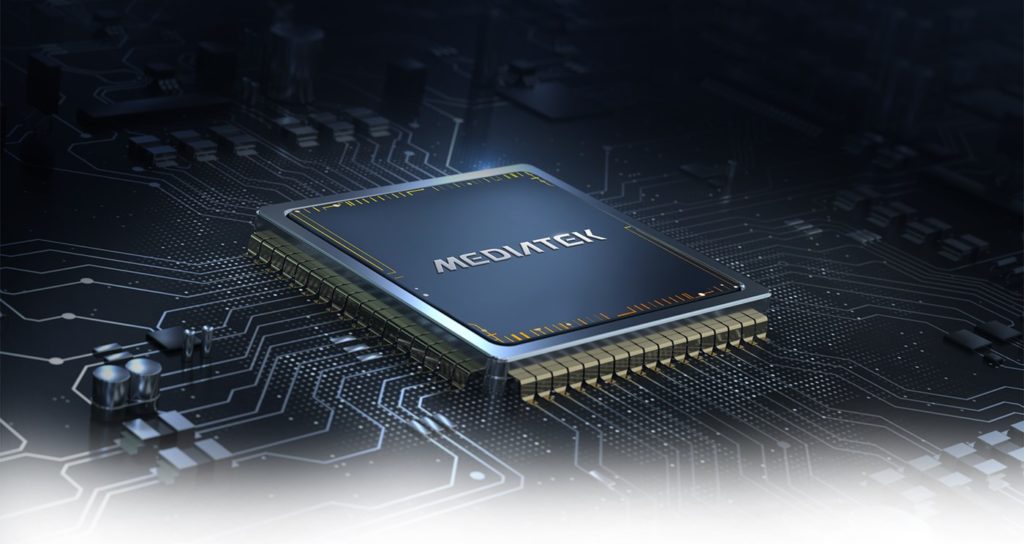
The built-in chipset of the novelty was warmly received by users. The Mediatek Helio G70 processor is based on a 12nm process technology and is confidently competing with Snapdragon 7 generation in the market. It has 8 fast cores, which are divided into two clusters. The first one has 2 powerful Cortex-A75 cores clocked at 2 GHz. In the second already 6 (Cortex-A55) with a frequency of 1.7 GHz.
These characteristics allow us to attribute the novelty to gaming smartphones without preliminary tests. It's easy to run a 3D game on medium settings. The case is heated, but not critical. At the same time, the processing speed of processes in the Mediatek Helio G70 is even higher than in Qualcomm chips.
Chip Features:
- AI camera with the ability to recognize an object and then configure the camera;
- Quick background removal and highlighting details in the photo for processing;
- Improved communication in the subway and plane with less power consumption.
- The ability to "reset" or "accept" a call during the game, without interrupting the connection for a moment;
- Smooth operation with demanding scenes, applications and intense gameplay.
The maximum RAM is 6 GB. In combination with social networks, heavy memory games and optimization may not be enough. The developers also do not deny single failures and crashes. But the maximum external memory is 128 GB. Here is where to roam!
Testing
- Scores 195,984 points in AnTuTu 8 (33% more than in Snapdragon 6 chips);
- The frequency of the graphics accelerator is 26% higher than in the Snapdragon 665 chip.
autonomy
The brand did a great job on the autonomy of the smartphone, although in budget gadgets a small charge occupies almost a leading position in terms of problems. The main capacity is 5000 mAh. In combination with a low-cost screen and OS optimization, the phone will last 2-3 days without recharging. Of course, games put him down in 16-18 hours, as well as mobile Internet, however.
There is no fast charging function, yet it would be too cool for such a budget model, but the adapter has a capacity of up to 18 volts.
Camera
For unknown reasons, the brand has hidden information about the front camera. Can we expect another breakthrough?
What about the main camera? Capabilities are weak and even the number of lenses won't fix blurry, dull photos. The main lens is 13 MP, with f/1.8 aperture (allows you to shoot at night) and a wide viewing angle. This will be enough for unpretentious users, but poor color reproduction in the wrong lighting is still noticeable. It is not clear why, with such poor performance, the developers added a sensor to create bokeh.
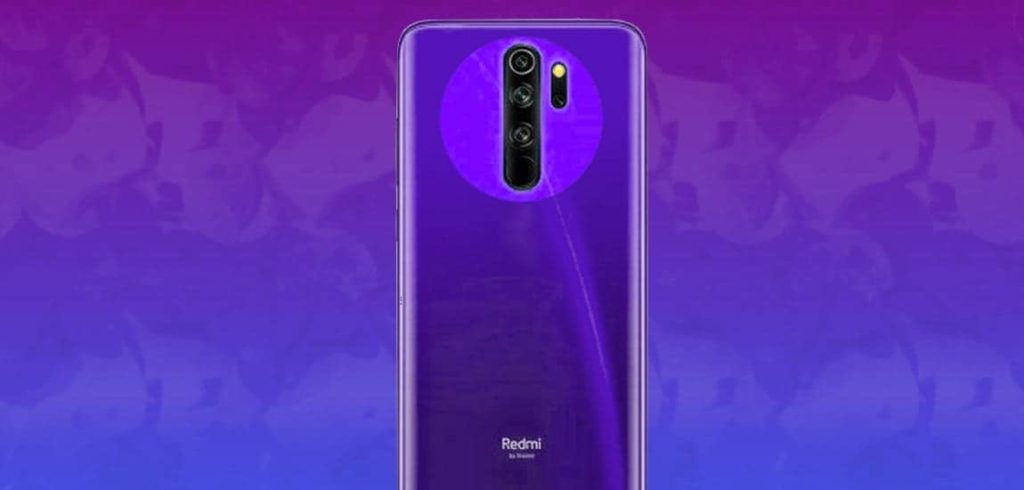
The second lens, already by tradition, is 8 MP, with a rather weak f/2.2 aperture. The viewing angle is approximately 118 degrees.Ideal for shooting video as it captures more of the subject in the frame and has a suitable "Hollywood" aspect ratio.
The remaining two lenses are for macro photography (5 MP) and better frame settings (2 MP). They don’t particularly affect anything, so everyone who is looking for a phone specifically for Instagram or practicing their hobby from time to time, we advise you to look at other models. Young people will be most upset by this fact.
Advantages and disadvantages
- Big screen;
- Good matrix;
- Beautiful, unusual design;
- Juicy colors;
- Powerful gaming processor;
- Large charge reserve;
- Screen protection from water and scratches;
- Lots of OS options + MIUI 12.
- Cheap materials (easily damaged);
- Low pixel density.
Outcome
Finally, let's sum up. The novelty will surely make a splash in June this year. For such a low price (10-12 thousand rubles), users get a lot of nice bonuses, starting with the best version of Android and ending with gaming features. Of course, for the younger generation, the camera is the most important thing in the phone today, so the new product cannot be called unambiguously universal.
On the other hand, it is 100% suitable for older people. The processor works great with heavy applications and has a good charge for constant calls and messages. In a free moment, a large, bright screen will help you with an interesting movie or series. Elderly people, in turn, the brand pleased the ability to adjust the size of the font and icons.
new entries
Categories
Useful
Popular Articles
-

Top ranking of the best and cheapest scooters up to 50cc in 2025
Views: 131652 -

Rating of the best soundproofing materials for an apartment in 2025
Views: 127691 -

Rating of cheap analogues of expensive medicines for flu and colds for 2025
Views: 124520 -

The best men's sneakers in 2025
Views: 124034 -

The Best Complex Vitamins in 2025
Views: 121940 -

Top ranking of the best smartwatches 2025 - price-quality ratio
Views: 114981 -

The best paint for gray hair - top rating 2025
Views: 113396 -

Ranking of the best wood paints for interior work in 2025
Views: 110319 -

Rating of the best spinning reels in 2025
Views: 105330 -

Ranking of the best sex dolls for men for 2025
Views: 104367 -

Ranking of the best action cameras from China in 2025
Views: 102217 -

The most effective calcium preparations for adults and children in 2025
Views: 102012
